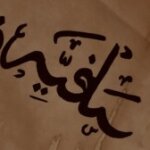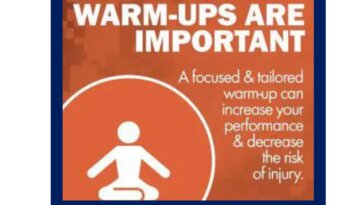Assessment is the process of evaluating the understanding of our students. It enhances the learning process and encourages the learners to stay motivated. Thus, being an educator it is important to consider how to effectively measure the learning outcome of our students. Assessment should be valid, free of bias, and reliable. As a learner, I was being assessed traditionally through a simple approach utilizing a pen and a paper or computer-based examination method that usually constituted an analogous pattern of questions. As rightly stated by John Biggs ‘What and how students learn depends to a major extent on how they think they will be assessed’ (1999.p. 141). Thus, assessments provide students with valuable feedback on their progress.
Assessments are usually of two types the Formative and the Summative assessment. To know the right balance between the two approaches it is important to know the difference between them.
Formative assessment is also known as assessment for learning. It is a kind of instructional process. Being a kindergarten teacher the formative assessment techniques that I mostly use include observation, analysis of the student’s work, think-pair-share, strategic questioning, role-playing, Thumbs up, thumbs down, color cards, and many more. Formative assessment also helped me to adjust my instruction according to the needs and abilities of my students. For, example if a child is not able to grasp the concept of number addition he might benefit from countable manipulatives, using a number line, or using visual aids.
Summative assessment is also known as assessment of learning. It is a sort of grading and is done at the end of the learning process. The techniques involved in this assessment include end-term, and mid term exams, end of chapter tests, portfolios, and many more.
Paul Black (1998) described the difference between these terms using the analogy of cooking.’ As a cook makes her soup, she occasionally tastes it to decide if it needs more spices or ingredients. With each taste she is assessing her soup, and using that feedback to change or improve it – in other words, the cook is engaging in formative assessment. Once the soup is served to the customer, the customer tastes it and makes a final judgment about the quality of the soup otherwise known as summative assessment’.
in Articles









